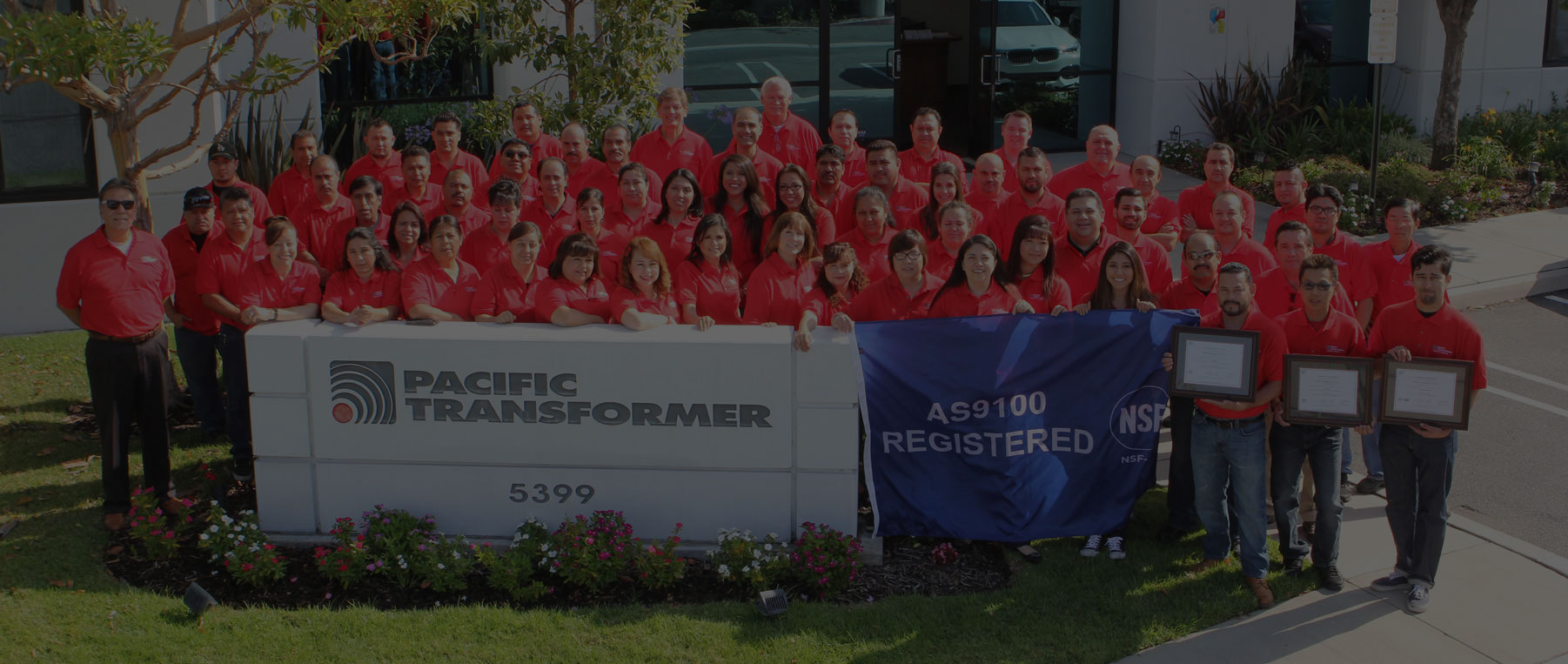Over the years, we have discussed our capabilities, certifications, and quality of the transformers we build. Today, we want to show you how it all comes together on a tour of the production process within our headquarters in Anaheim, California.
The first zone on the production line is coil winding. Our winding area has several stations based on the size and type of transformer.

Once the coils are wound, they head to the finishing area where the desired connectors are added (e.g. wire leads, terminal blocks, solder lugs, copper terminals).

At this point, the units are ready to be put through the first of many quality control checks. This first one is called the “pre-inspection.” This inspection allows us to identify any potential failure points prior to building the complete transformer.

Once the coil assembly has passed the pre-inspection, the next step is to assemble the cores and join them to the coil. This portion of the process is called “stacking,” and it completes the transformer assembly’s primary structure.

The transformers are then put through another quality control test, called a functional test, to verify operating and mechanical specifications.
In most cases, the transformers then head to varnishing where the assembly is submerged in insulating varnish to protect the transformer from mechanical damage, prevent corrosion, increase the dielectric strength, and increase thermal heat dissipation.

If applicable, the parts then head to final assembly where the transformer’s enclosure and cap installation are completed. At this point, the manufacturing process is complete.
In critical applications such as military, aerospace, or medical, the transformer may require additional load testing. Should this be the case, the units will head back to our quality control department, where they can be subjected to a variety of tests depending on the application’s need. Examples of this would be thermal shock, vibration, or vacuum testing.

The transformers are now complete and ready for our customers. However, that doesn’t always mean they head out the door. In some cases, our customers adhere to a “just in time” JIT manufacturing methodology which we have set up our operation to accommodate. This allows our customers to store completed magnetic components within our facility and have shipped out upon request or at designated intervals of their choosing.



